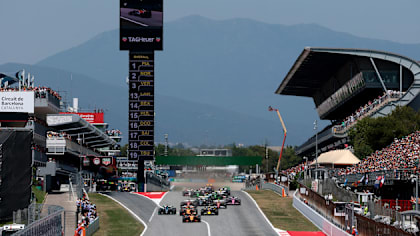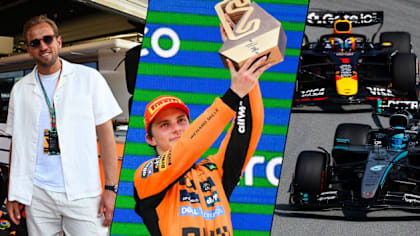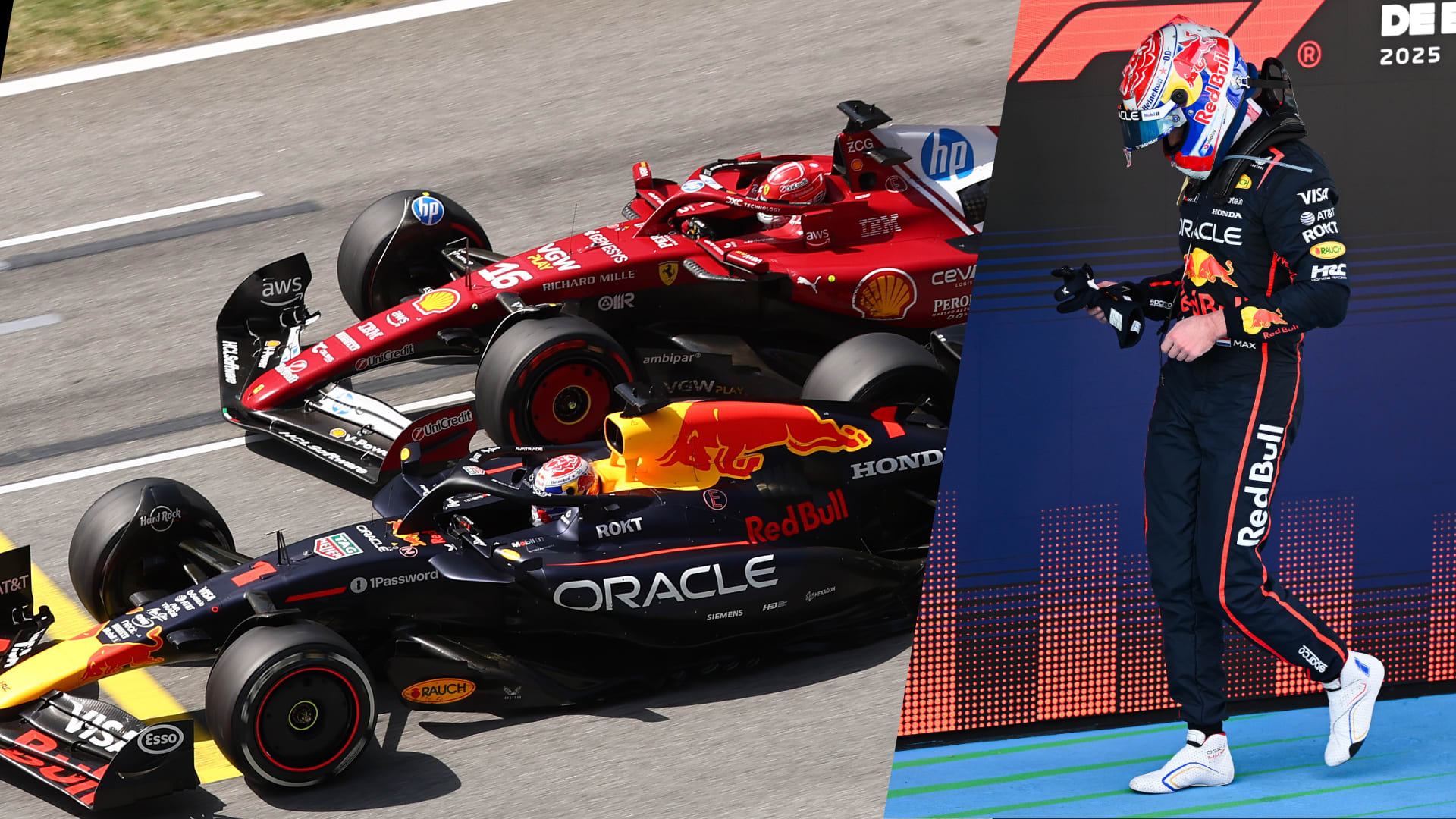Available only to F1 Access subscribers, Formula1.com's live Race Performance Ratings provide unprecedented real-time insight into the action as it unfolds on track during the Grand Prix.
For the very first time, the inputs a driver makes can be tracked and viewed by fans, who can compare competitors head-to-head, and at any stage of the race. In the first of five features explaining how the Ratings are calculated, we take a look at Cornering - and ask what it can tell us about the season-opening Melbourne round, including a possible silver lining for McLaren...
What are Race Performance Ratings?
Five key performance parameters are measured: Aggression, Braking, Cornering, Steering and Throttle. Using raw telemetry data, a driver is given a score on a scale of 1-10 for each category, based on how he compares to his competitors. For example, the driver making the most steering inputs at a specific point in the race will be given a score of 10 for the Steering category; the driver making the fewest will be given a 1. The other drivers will be somewhere in between.
The individual scores for each of the five categories - which update every five seconds throughout the race - are then averaged to give an overall Race Performance Rating.
Cornering
Cornering ratings are calculated by averaging the latitudinal (side-to-side) g-forces acting on a car in each and every corner across a Grand Prix. The reason g-force data is used to assess cornering performance is because the faster a car negotiates a bend, the higher the g-force acting upon it. Therefore a higher score in this category suggests a driver is cornering harder.
As with the other categories, the raw telemetry figures for each car are compared and then each driver is ranked on a scale of 1-10. In this instance, the driver whose car produces the highest g-force readings will receive a score of 10.

The graph above charts the Cornering Ratings for every driver in Australia across the course of the Grand Prix. In the early stages of the race Max Verstappen of Toro Rosso (blue line) is the highest scorer, before Lewis Hamilton of Mercedes (green line), Kimi Raikkonen of Ferrari (red line) and then Felipe Massa of Williams (white line) become the highest scorers as the race progresses.
It's important to note that because scores are relative, if a driver with the highest or lowest score retires from the race, the scores for every other driver will jump up or down. For example, when Raikkonen retires, the relative scores of the rest of the field typically increase.
Hamilton builds an early lead
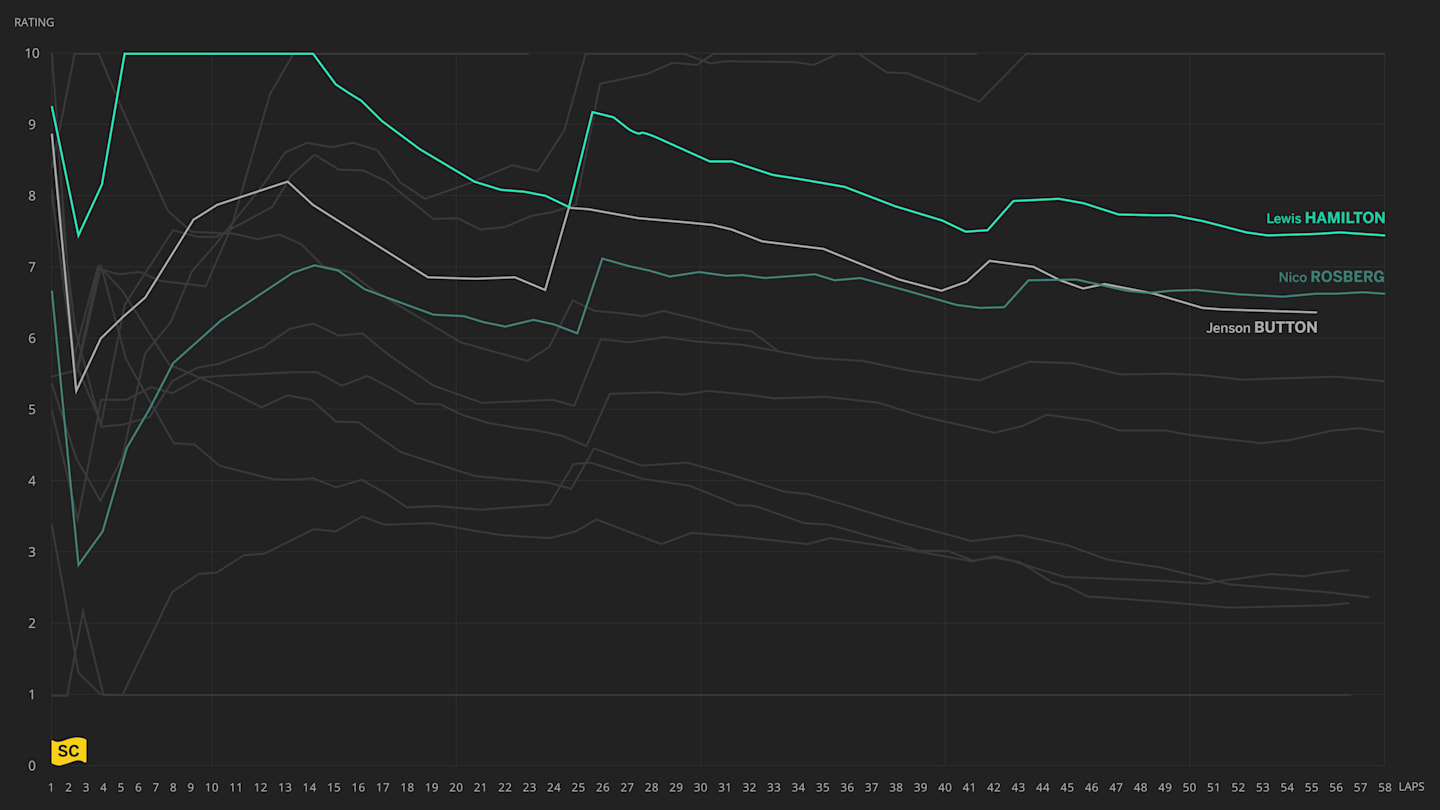
Key to Hamilton's triumph in Melbourne was his ability to establish an early gap over Mercedes team mate Nico Rosberg (green line), and we can see this early push reflected in the Cornering Ratings. When the safety car pulls in at the end of Lap 3, the difference between Hamilton and Rosberg's Cornering Ratings - in other words the average latitudinal g-forces they are achieving - rapidly increases. The biggest disparity of the entire race comes on Lap 4, when Hamilton scores the highest of any driver. That lap, he also set a 1m 33.493s - around 1.2s faster than Rosberg. He ekes out more time on Lap 5, before Rosberg begins to peg him back, and their Cornering Ratings close accordingly. But that initial burst was crucial, with Hamilton's higher rating indicative of an early charge that gave him a margin of control for the rest of the race.
A cause for optimism at McLaren?
One particularly interesting aspect of this graph is how highly McLaren's Jenson Button (black line) scores throughout the race, especially relative to the Mercedes drivers. Despite struggling for outright pace, the Briton ended the race with the fourth-highest Cornering Rating, behind only Massa, Hamilton and Rosberg. Indeed, on Lap 23 he almost matches Hamilton, and is ahead of Rosberg. At this point, his lap time was 1m 35.643s - more than two seconds slower than Rosberg, who managed a 1m 32.948s.
Of course, there are several reasons Button could rank so highly in this aspect, the first being driving style. Button is known to favour carrying speed into the corners, lending itself to a higher score in this category. But even so, the cornering data from Australia suggests the MP4-30, while uncompetitive overall, is not actually surrendering too much speed in the corners relative to other drivers - which hints at it having an inherently good level of downforce.
Massa's late charge
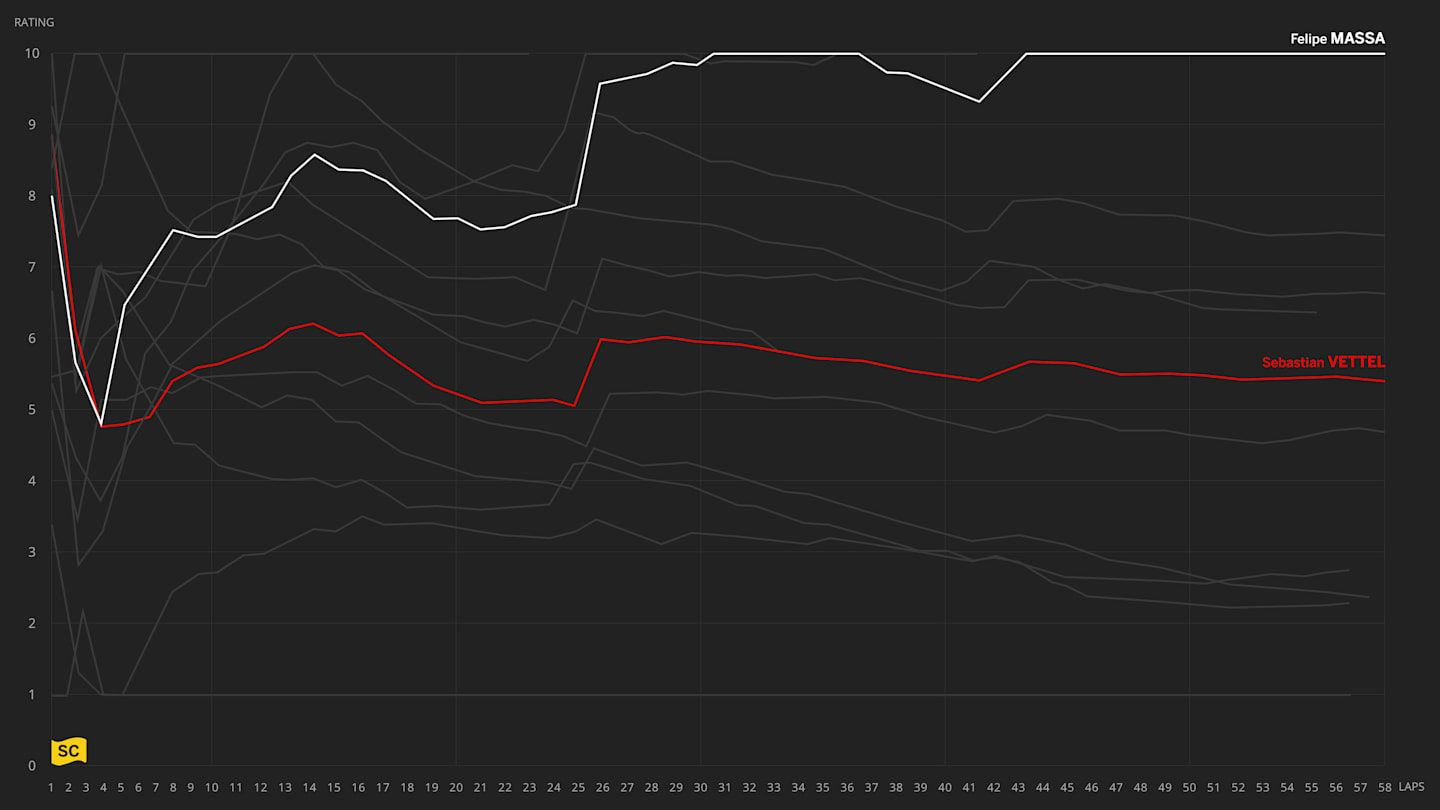
Another story the Cornering Ratings shed light on is Massa's pursuit of a podium finish. The Williams driver ran third early on in the race, but was undercut by Ferrari's Sebastian Vettel after making his first pit stop on Lap 21 - the German making his stop three laps later.
Having lost a position, Massa then put the hammer down in an attempt to catch Vettel, and once again this appears to be reflected in the cornering ratings. From Lap 22 onwards, Massa's score increases rapidly - indeed for the last dozen or so laps he has the highest rating of the entire field. Vettel's trace meanwhile fluctuates very little, which might indicate he was ultimately comfortable despite the pressure from behind, and that his car had enough performance in other areas to resist the charging Williams.
Enhance the way you experience Formula 1 racing, and discover a level of detail you won’t find anywhere else - complete with in-depth insights, exclusive content, up-to-the-minute race data, and more - with F1® Access. For a trial membership, or to find out more, click here.
